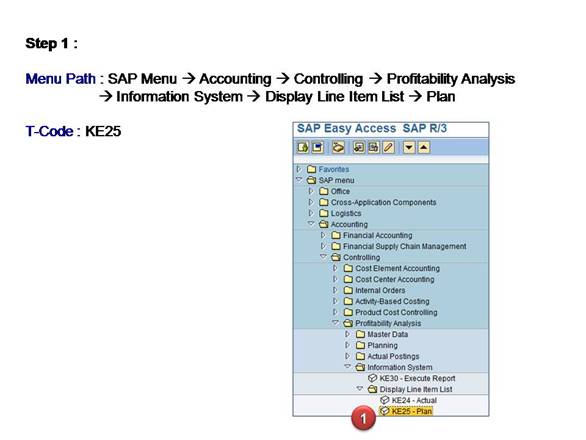News & Notice
공지사항
| 제목 | General Ledger Accounting | ||
| 작성일 | 2023-05-18 | 작성자 | 변윤경 |

Additionally, if you make errors in updating or recording transactions, the GL account balances will be incorrect. A journal entry is a sequential list of accounting entries recording transactions while a GL is depreciation vs expensing purchases on income taxes a formalized account system where recorded transactions in a journal are posted. Include the account names and numbers, the date of each financial transaction, a reference number, a debit column, a credit column, and a balance column. You may also include a space for a short description of each transaction, for better clarity on your cash flow.
- In these circumstances it is common to split off sections of the main ledger into separate subledgers.
- These codes are sometimes called an “account number.” In this example, all puppet-making-material purchases are coded 205, all sales revenue is coded 103, and so on.
- Having proper ledger accounts help you to prepare a trial balance sheet, meaning you can verify the accuracy of your accounts and prepare final accounts.
- Of course equity includes capital, revenue, expenses, gains, losses, drawings, and retained earnings, so the ledger must at least include GL account codes for each of these groups.
The following example is useful to clarify the posting and balancing procedure. To elaborate on the third point above, this difference so placed is the balance of the account. It provides a permanent and classified record of every element in the business operation. However, computerization can only speed up the arithmetical aspects of accounting; they cannot replace an understanding of the concepts.
General Ledger Accounting

In doing so, you’ll need to check the balance sheet accounts for details like assets, liabilities, and stockholder’s equity. In accounting software, a general ledger sorts all transaction information through the accounts. Also, it is the primary source for generating the company’s trial balance and financial statements. The ledger’s accuracy is validated by a trial balance, which confirms that the sum of all debit accounts is equal to the sum of all credit accounts. A general ledger records transactions and helps generate financial statements for investors, creditors, or even regulators. This information can help management make financial and data-based decisions.
Ledger Accounts FAQs
These sources will help to verify that the amounts recorded in the ledger accounts are accurate. In a general ledger, you can easily find information like a sales transaction, purchase transaction, etc. Needless to say, General Ledger is one of the primary books of entry and it forms the basis of your financial statements and helps you in evaluating the financial affairs of your firm. As a result, you do not record details of each sales transaction undertaken with your customers in the accounts receivable control account.
General Ledgers and Double-Entry Bookkeeping
The difference between these inflows and outflows is the company’s net income for the reporting period. When a company receives payment from a client for the sale of a product, the cash received is tabulated in net sales along with the receipts from other sales and returns. The cost of sales is subtracted from that sum to yield the gross profit for that reporting period. Transactions result in an increase or decrease in the value of various individual balance sheet items.
The Importance of General Ledger Accounts
Having an accurate record of all transactions that have taken place within a single point in time will ensure your financial reporting is done correctly. It is organized in such a way that you can quickly view, why evaluation is important for your nonprofit and verify information. In double-entry bookkeeping, each transaction will affect at least 2 accounts. The income statement will also account for other expenses, such as selling, general and administrative expenses, depreciation, interest, and income taxes.
The purpose of the general ledger book is to provide a permanent record of all financial transactions and balances classified by account. A general ledger or accounting ledger is a record or document that contains account summaries for accounts used by a company. In 16 steps to starting a business while working full time other words, a ledger is a record that details all business accounts and account activity during a period. You can think of an account as a notebook filled with business transactions from a specific account, so the cash notebook would have records of all the business transactions involving cash.
As a result, general ledger accounting also helps you to spot material misstatements with regard to various accounts. As a result, such a record helps you in tracking various transactions related to specific account heads, and it also helps speed up the process of preparing books of accounts. The set of 3-financial statements is the backbone of accounting, as discussed in our Accounting Fundamentals Course. A general ledger summarizes all the transactions entered through the double-entry bookkeeping method. Under this method, each transaction affects at least two accounts; one account is debited, while another is credited. A general ledger account (GL account) is a primary component of a general ledger.
